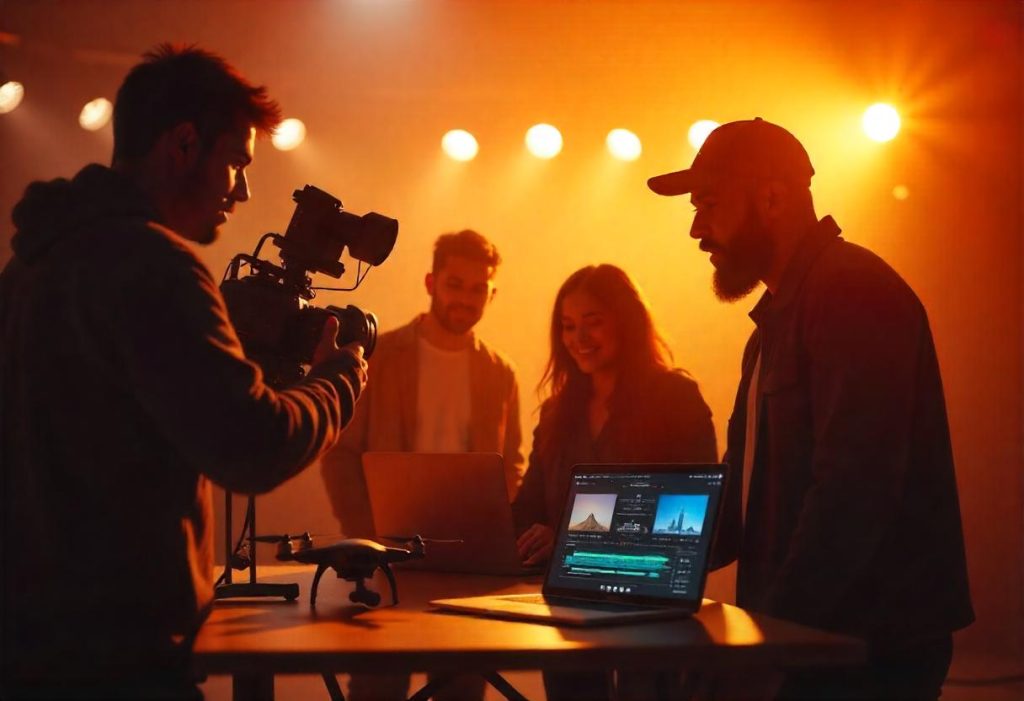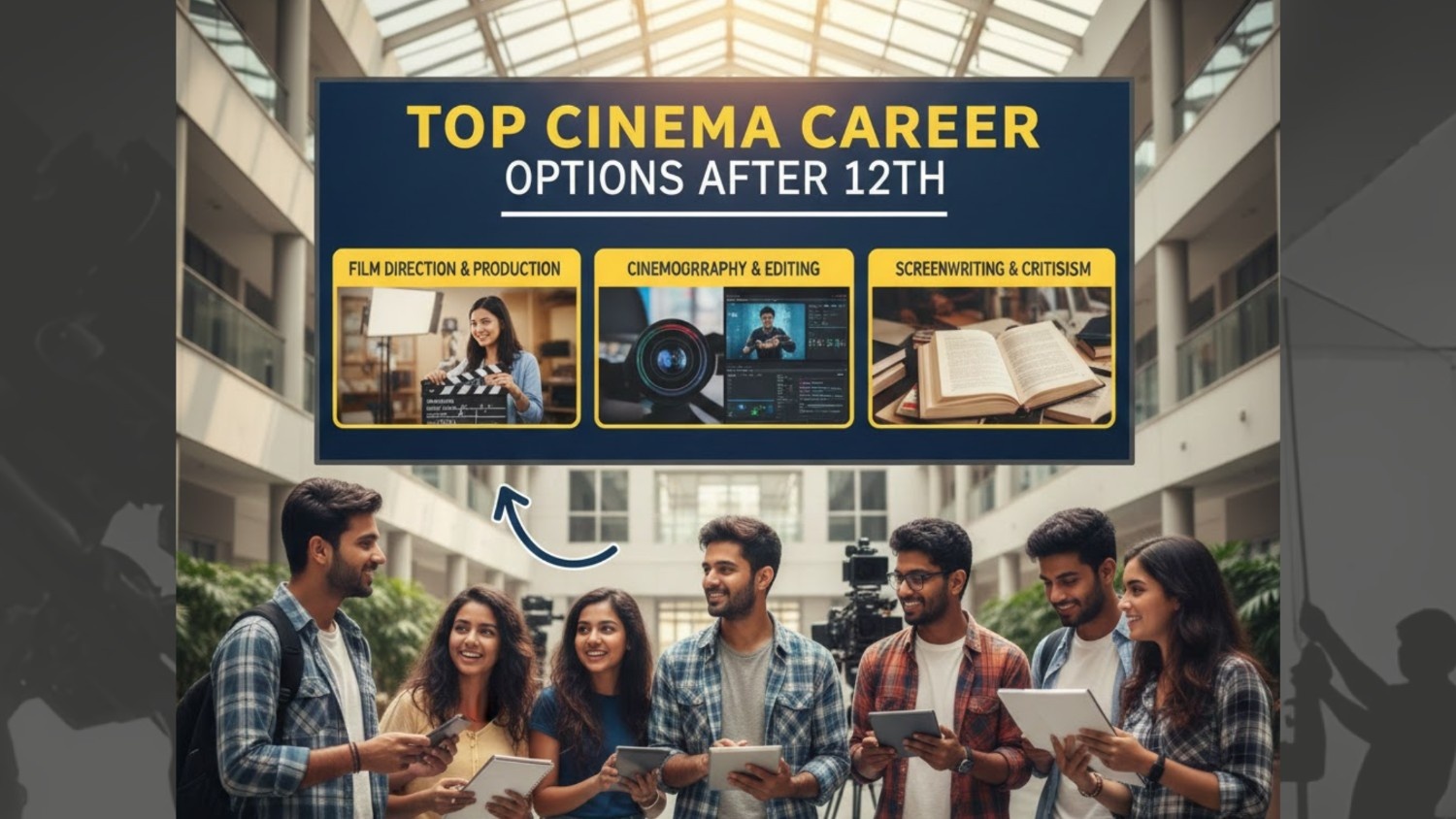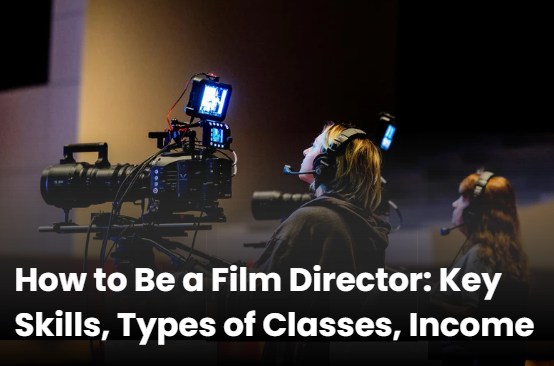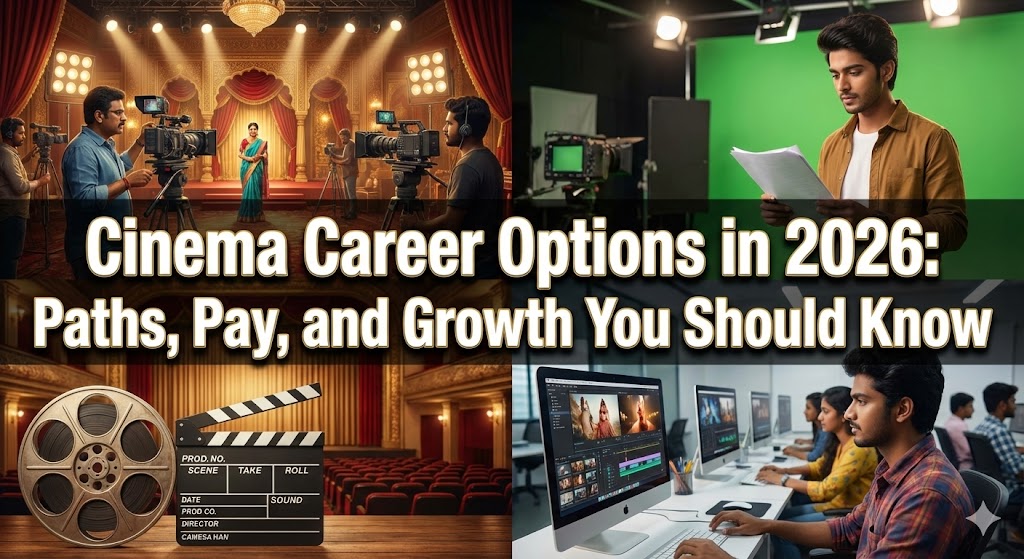Impact of Technology on the Film and Entertainment Industry
Technology has ‘made the grade’ in all avenues today. In the film and entertainment industry, however, has it proven to be remarkable or a run-of-the mill approach? Let’s find out.
Film-making in its true sense has the capability of forming narratives and cultivating stories. From the very first series of moving images and videos to what we see today on the big screen (and sizes of screens abbreviating) Cinema and its processes have come a long way. Advancements happen every other day and it leaves no stones unturned. In cinema, substantial change has happened in terms of what kind of movies are made, the techniques used and people’s consumption preferences. Technology and automation has transposed the film and entertainment industry, transcending its influence across production, distribution and consumption – In this blog, we intend to take a look at how this change has come about. Keep reading further to know more.
1. Production:
Bringing a movie into being is a herculean task and it is not as we perceive through our screens. Filmmaking has taken various forms now from: Digital filmmaking to the use of VR (virtual reality), AR (augmented reality) and AI (artificial intelligence); we’ve seen it all. How has this helped filmmaking and what are the results like?
To answer the question:
Costs incurred for, say, digital filmmaking are now less expensive – Investing in a digital camera, using computer softwares for editing and ease of accessibility. CGI (Computer Generated Imagery), VR and AI has now made incorporating elements into your movie making process more seamless. For instance: Ghostbusters: Afterlife 2021 is a movie that brings back all elements of the original ghostbusters including the Late. Harold Ramis’s character Egon Spengler. Flawless integration of AI and CGI methods helped fans all over witness Harold on screen again.
This also holds a lot of scope for newer possibilities irrespective of genres and niches. One may assume AI and special effects are subjected to the scientific, action and mystery bracket of movies, however, you will be surprised to know the endless probability of incorporating new age technologies in movie production and how it also offers more career opportunities for film aspirants.
2. Distribution:
Do you want free career counseling?
Ignite Your Ambitions- Seize the Opportunity for a Free Career Counseling Session.
- 30+ Years in Education
- 250+ Faculties
- 30K+ Alumni Network
- 10th in World Ranking
- 1000+ Celebrity
- 120+ Countries Students Enrolled
An evening after work you sit down with a cup of coffee to watch your favorite TV show or a new movie. A few years back, this probably would have looked like this: Making note of the TV schedule in the paper, checking which channel would air what show and making sure you have those channels or heading to the movie theatre and hoping for a ticket to watch a blockbuster.
Today work, coffee and sitting down would probably be the same, however: You’ll sign in to a streaming platform or would have to choose between one of the OTT service providers, skim through a gazillion shows and movies and finally choose one.
Movie distribution has transmuted into such sonorous options making viewing experiences something entirely different. ‘What channel?’ has now turned into ‘What’s it on Netflix or Prime?’ and production houses, filmmakers, storytellers alike have adapted to these changing times.
Book Now →
Television sets now come with inbuilt mechanisms to stream shows and movies at the comfort of your home. The pandemic witnessed the rise of filmmakers adopting and revitalizing scripts only for it to work out for the “OTT audience”. Each of these movies or snippets would end up being trends, leading to people taking it up across the globe – recognition is no longer a far fetched dream.
How fascinating it is to know that technology and cinema has contributed to global acceptance, communities and more opportunities.
3. Consumption:
Have you noticed how when you are on a social media platform, you regularly look for specific kinds of content and maybe in an hour or so you get to see them without you looking for it? That is exactly how tailored contents and recommendation algorithms work. These algorithms are structured in ways to understand user preferences and increase user engagement. How is this related to filmmaking? Let’s talk about what happens after a movie is entirely done: Promotions.
Do you want free career counseling?
Ignite Your Ambitions- Seize the Opportunity for a Free Career Counseling Session.Movie promotions today are more centered around social media and trends. Using a hook or a concept that is aligned to the theme of the movie, we see influencers and content creators collaborating with teams to promote movies – this requires careful analysis of audience preferences, coming up with ways to increase engagement and executing unique ideas that appeal to the audience. Leveraging social media and the power of communities has helped cinema flourish even more.
Today, there is also the space and acceptance for honest reviews being shared and people’s opinions being valued which is an inclusive format for people to feel closer to their love for movies. Technology has also elicited the need for making watching experiences more immersive and interactive. For instance: In popular streaming platforms, viewers get to choose how the storyline navigates with interactive options – these options also provide alternative endings and different perspectives for the same scenes. VR Goggles and Headsets also have been integrated for people to feel fully present while viewing.
To sum it up,
Cinema in all its glory has evolved a lot – and this is not limited to filmmaking processes, it is also about what comes after that. Though these might seem like miniscule changes, they have the capability of evoking cultural changes. Some of them are:
- Fan cultures and reactions – Spaces for meaningful discussions and interaction about movies
- Predictions and looking forward to watching a movie
- Varied perspectives and giving rise to review and reaction culture
- Movies that focus on inclusivity and representation, with special emphasis on this being the bare minimum, a very needed change and not labeling it as mere “trends”
- Centralizing themes that are political and important to create dialogues; This has ultimately come to being due to people voicing their opinions and fighting towards social justice.
- Movies that talk about technology and the opportunities and obstacles of it
The future for cinema looks promising and to answer the question we stated: Has it proven to be remarkable or a run-of-the mill approach? It in fact has been remarkable; although we must keep in mind the incongruous nature of all things if used out of despondency. Cinema and filmmaking are here to stay and will keep flourishing with no bleakness in sight.
You can read more about AAFT’s School of Cinema and its various programs, here.
Related Blog
How to Finance Your Cinema Education: Tips and Resources
Exploring the Crucial Components of Filmmaking: Cinematography and Editing
How to Become a Screenwriter: Tips, Tools, and Techniques for Success
Film, TV, and Theater: Understanding Different Acting Genres
Crafting a Career in Acting: How to Become a Successful Actor

AAFT has been providing the world with limitless creativity and expression since 1993! Through a dynamic and industry-driven curriculum, AAFT provides engaging and captivating articles to persuasive blogs and empowers its readers to explore diverse avenues of creative media education-related content.











